Discovery Park is Seattle's largest park, with stunning forests and trails, leading to a lighthouse and beaches.
Discovery Park is an easy 15 minute drive from downtown Seattle, in the affluent neighborhood of Magnolia.
This suburban park has a network of well maintained trails that command spectacular views of Puget Sound and the Olympic Mountains. On-leash dogs are permitted on the trails, but not on the beach.
The highlight of Discovery Park is a visit to the sandy beach at West Point Lighthouse. Collect bits of interesting driftwood, sink your feet in the sand, and breath in the bracing sea air.
Discovery Park also includes the historic Fort Lawton area. Fort Lawton's 19th century military buildings have been carefully restored and many are now private residences. Walk past the elegant buildings along the public roads, and admire their perfectly manicured gardens.
The Discovery Park Visitor Center is along Discovery Park Boulevard, Seattle, WA 98199, near the intersection of 36th Avenue West.
10 best things to do at Discovery Park
1. Visit the stunning West Point Lighthouse.
The West Point Lighthouse is a 1.5 mile hike from any of the three parking lots at Discovery Park. Parking passes are available at the Visitor Center for people with mobility issues, adults over 62, and families with kids under 6. However, parking passes are not available on summer weekends, when a shuttle operates between the Visitor Center and West Point Lighthouse.
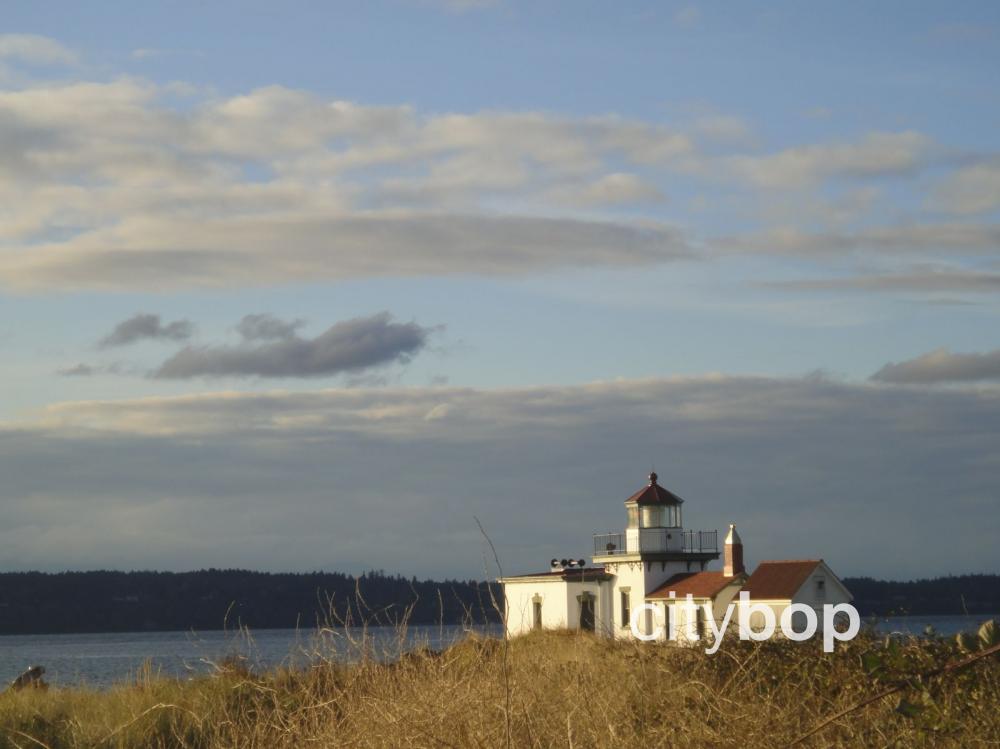
The West Point Lighthouse was constructed in 1881, and is still an active navigational aid. It sits on a sandy spit that juts out into Puget Sound. An octagonal lantern room sits above the 21-foot structure. Back in the day, the light signal flashed red and white, every 10 seconds.
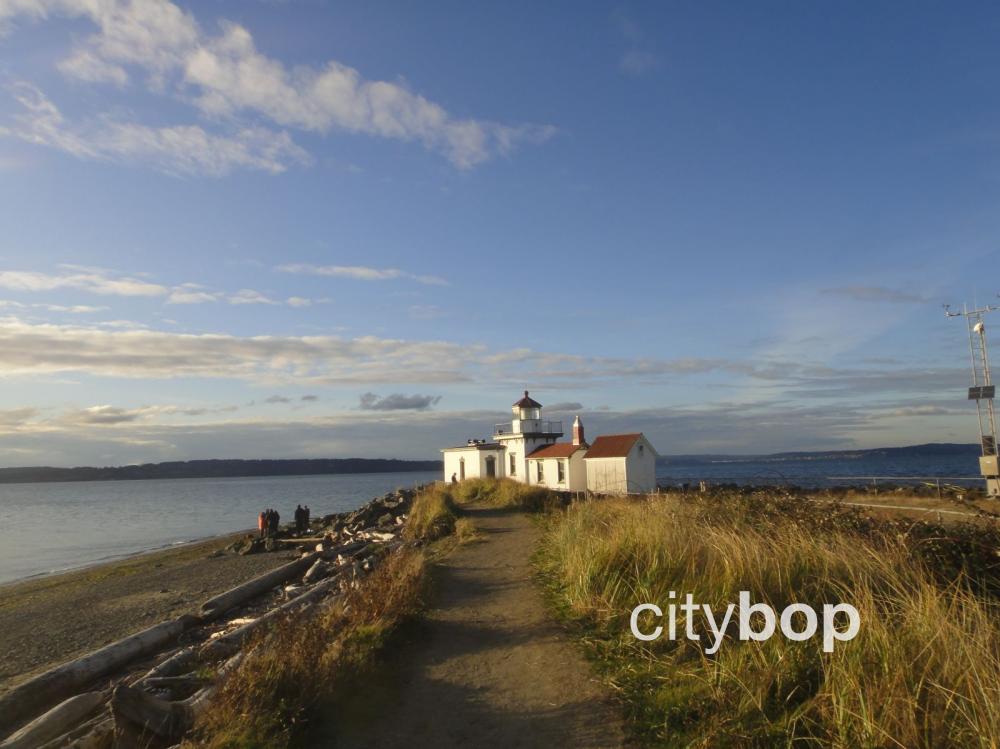
The oil house at the rear of the Lighthouse was built in the 1890's, and has a corrugated roof. The fog signal building was added in 1906, constructed from brick and stucco, and attached to the original 1881 tower. The air horns installed in 1944 are still visible on the roof. Today's mariners key into a certain radio frequency to activate the horns.
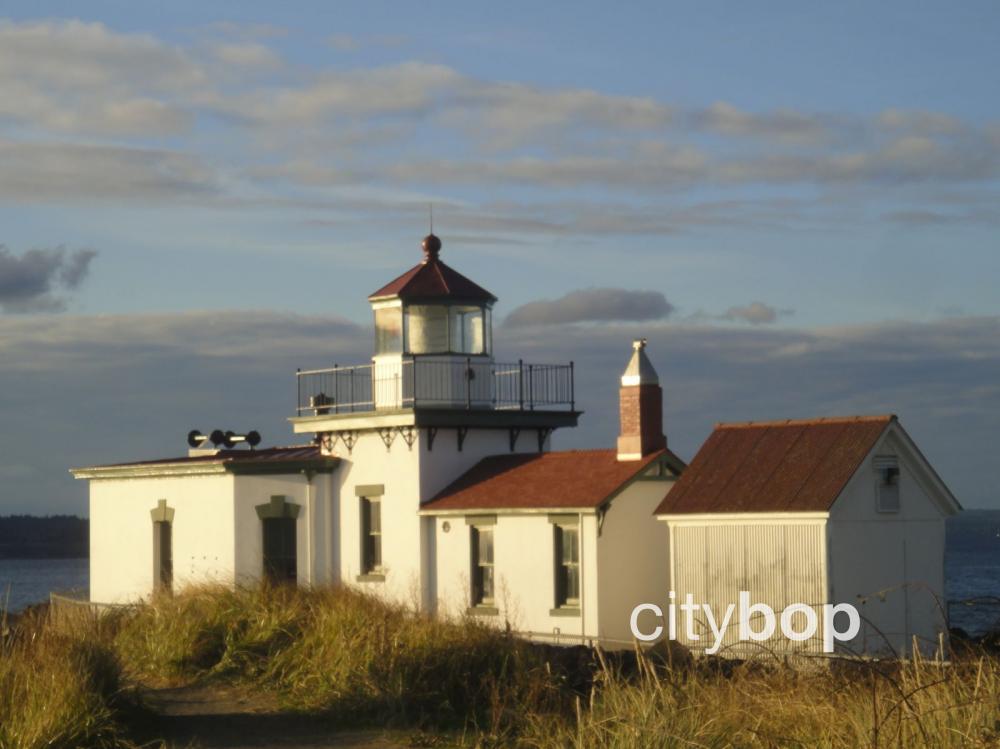
It's hard to imagine just how isolated this West Point Lighthouse was without roads. The earliest Lighthouse Keepers had to row 7-miles across the bay to get to downtown Seattle.
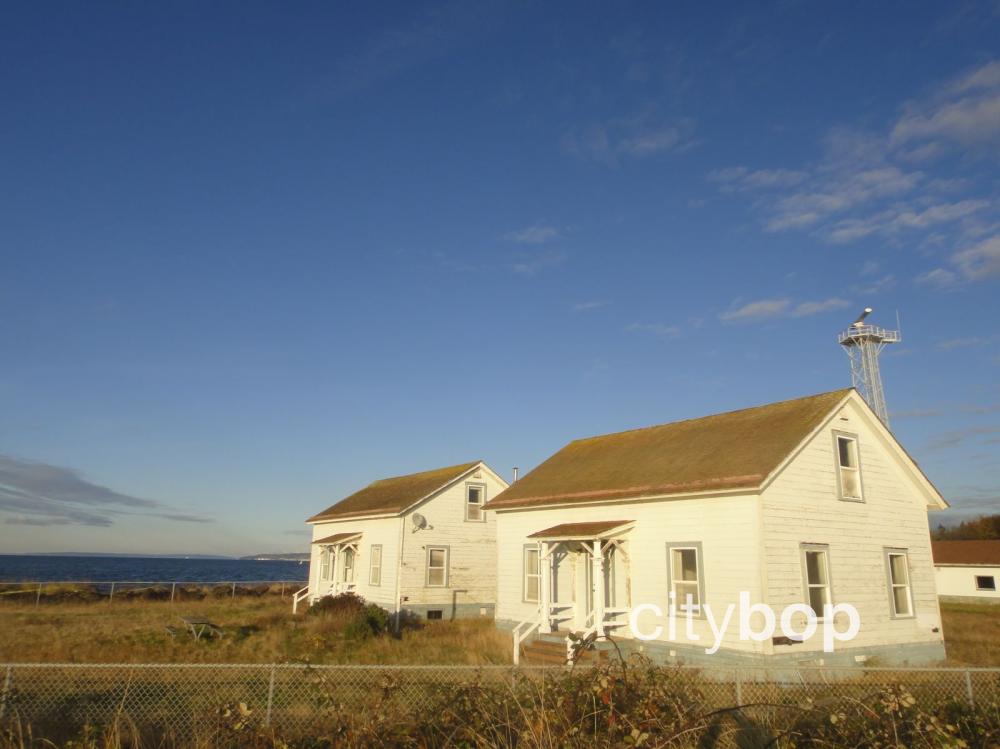
These are the cap-cod style Lighthouse Keeper's Quarters, not open to the public.
2. Hike all or some of the 2.8 mile Loop Trail.
The 2.8 mile Loop Trail winds around Discovery Park, through forests, meadows, and a bluff with sweeping views of Puget Sound. All three parking lots at Discovery Park conveniently feed into the Loop Trail.
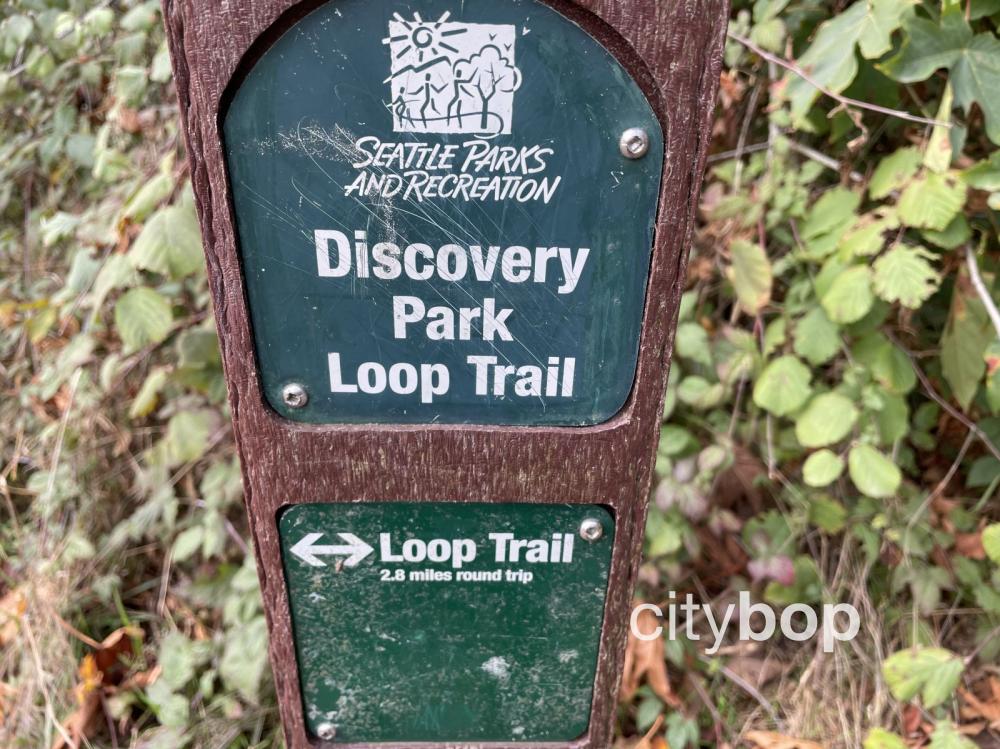
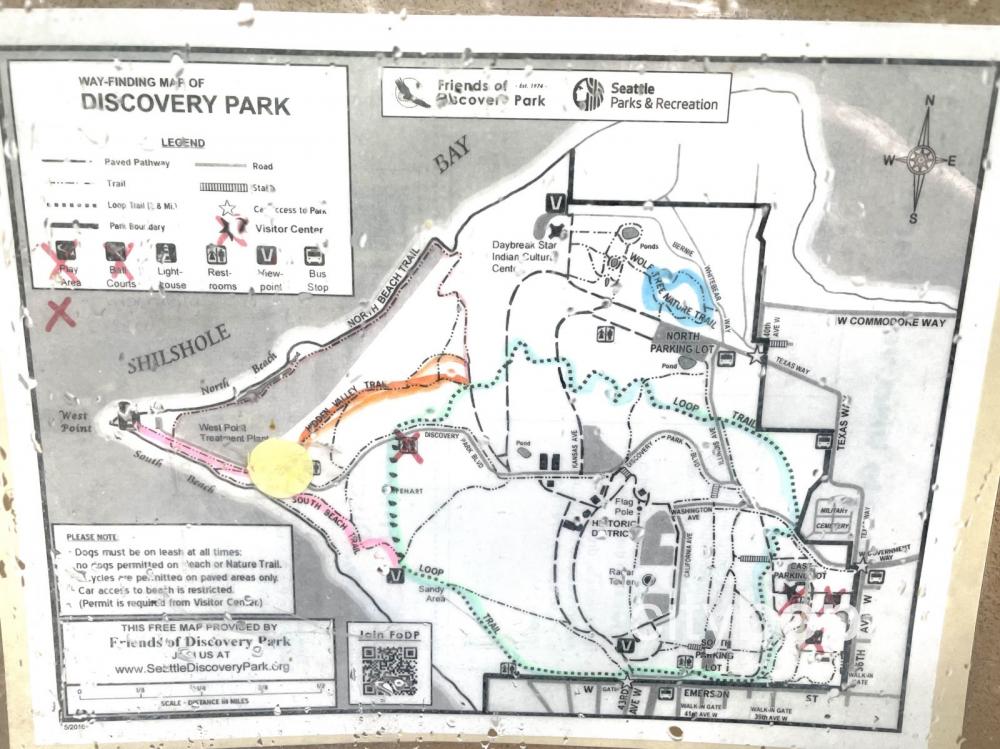
Here's a map of the Loop Trail, highlighted in green. Pick up a map at the Visitor Center at the East Parking Lot (Discovery Park Boulevard, near the intersection of 36th Avenue West).
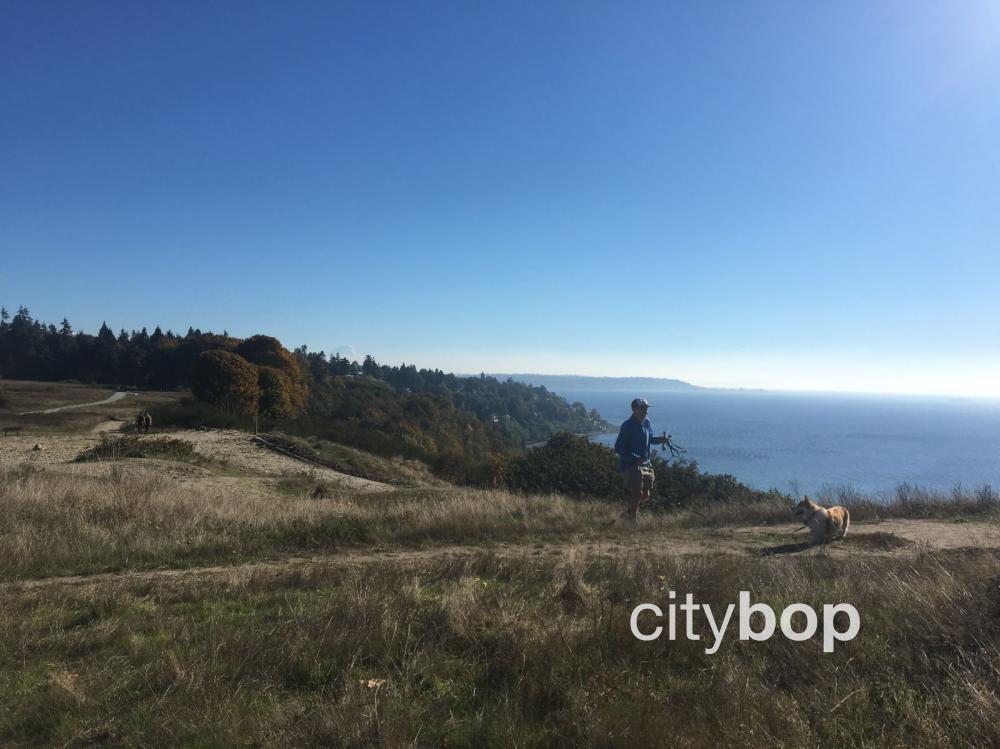
The best views on the Loop Trail are along its western flank where it traverses the open terrain of the South Meadow, before reaching its highest elevation at the sandhill. The vistas are incredible here, with the imposing form of Mt Rainier to the South, and ferries gliding across Puget Sound to the West.

Savor glorious west facing views of the majestic Olympic Mountains.
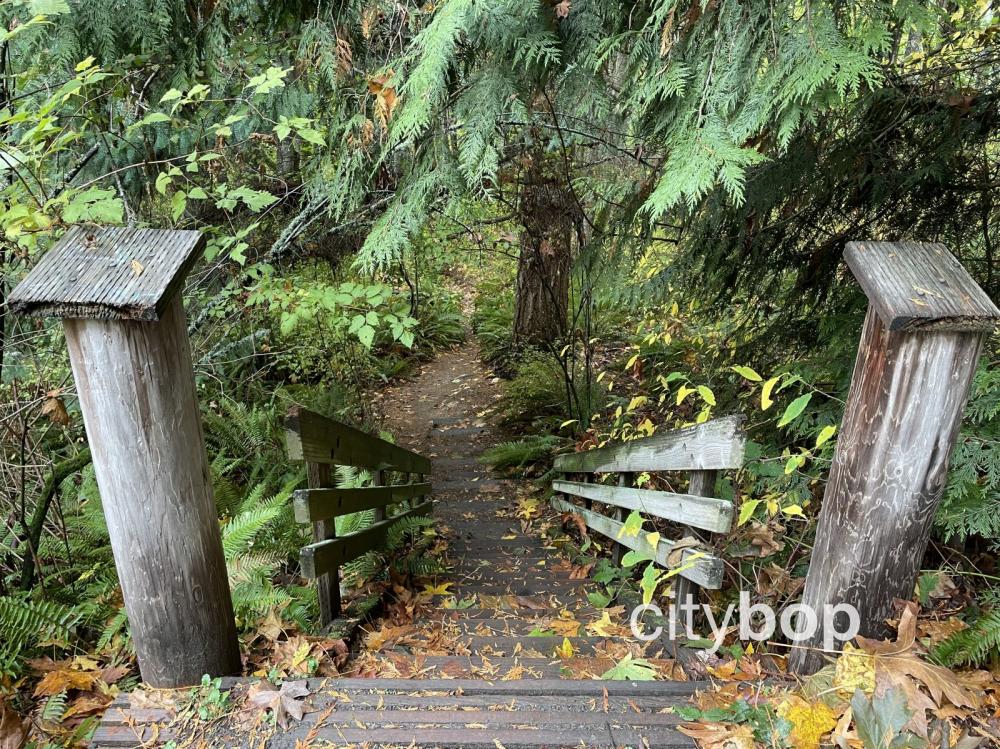
Parts of the Loop Trail also wind through lush forest and shaded ravines.
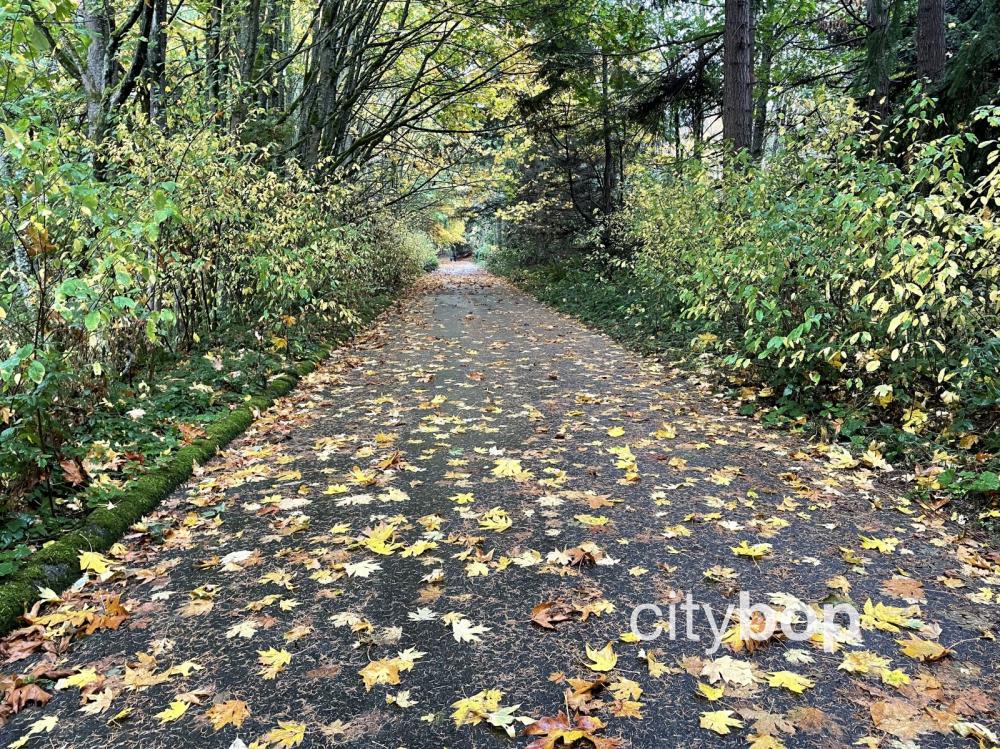
Bird sightings are common along the Loop Trail, including Great Blue Herons, Bald Eagles, and Arctic Snowy Owls. There are over 250 species of birds in Discovery Park.
3. The Loop Trail doesn't go to the beach, so take a 0.5 mile detour down there.
When walking around the Loop Trail, take a 0.5 mile detour down the South Beach Trail to the beach and lighthouse (marked pink on the map). The signs will be visible just north of the sandhill above the South Meadow Area (identified as "Sandy Area" on the map).
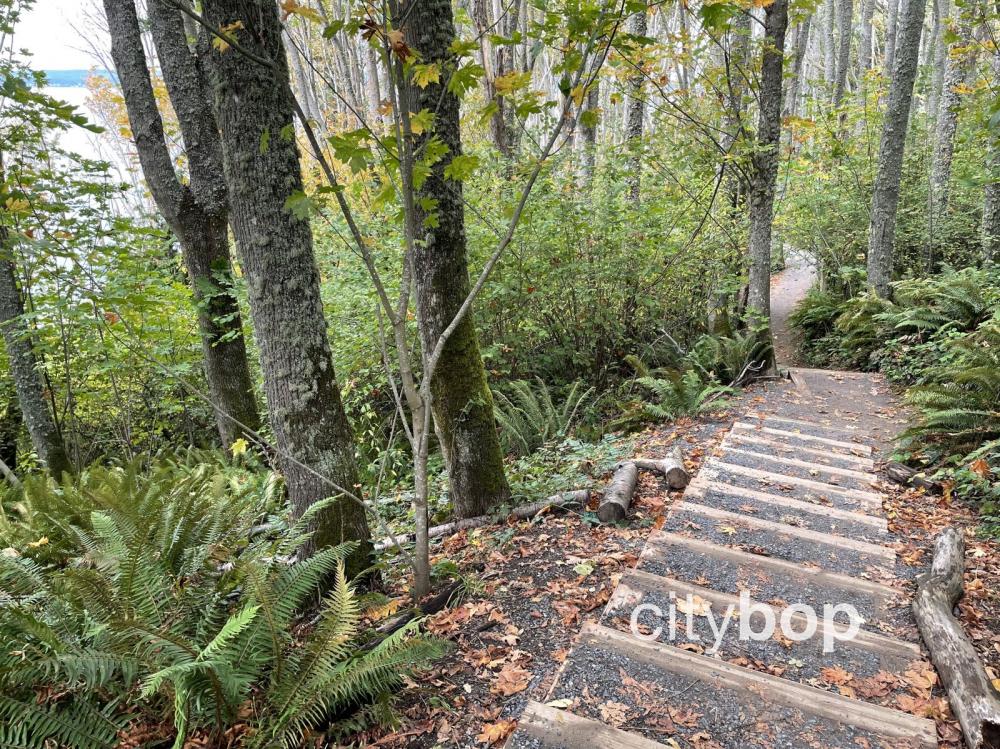
This is the South Beach Trail that leads down to the beach. This unpaved trail is steep in sections, with lots of stairs, so expect a good work out!
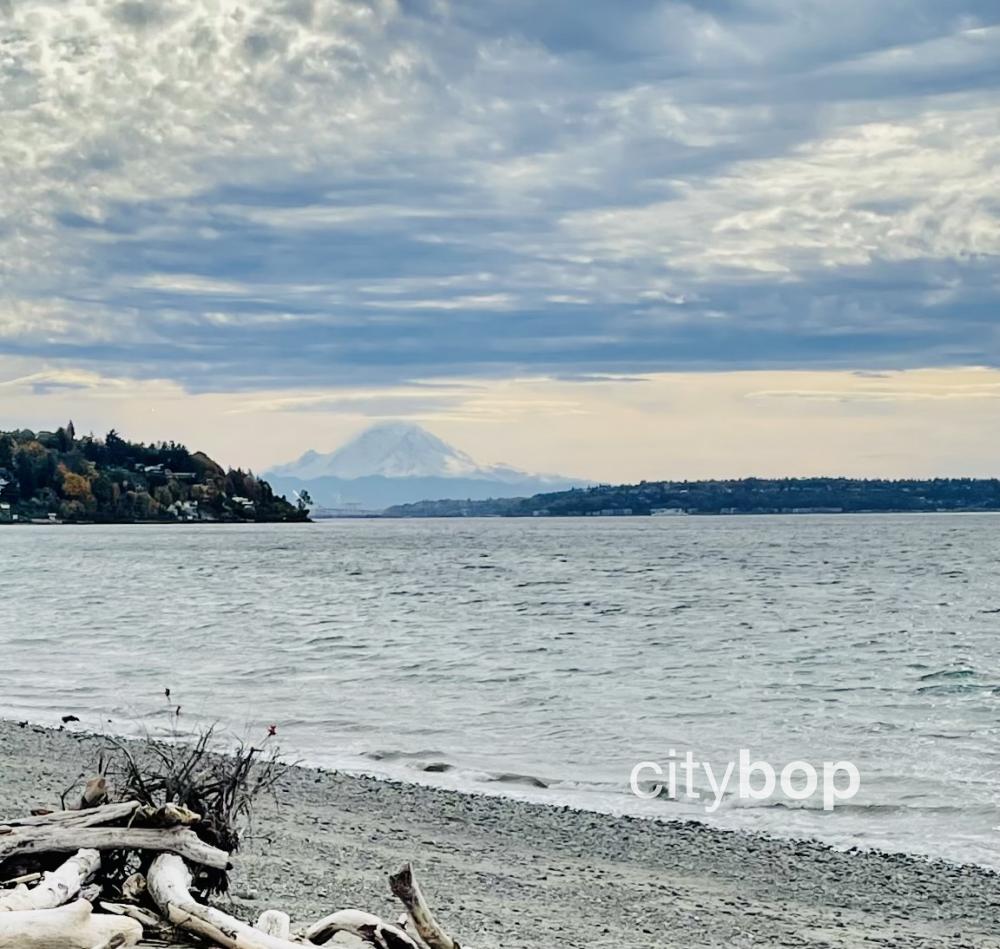
Enjoy spectacular views of Mt Rainier on the dramatic, log strewn beach at Discovery Park near the West Point Lighthouse.
4. Explore the historic district at Fort Lawton.
The historic district at Fort Lawton is just steps away from the South Parking Lot. The first roads were constructed in 1898, and Fort Lawton was then opened in 1899, as part of a naval defense system to protect Puget Sound. A total of 28 historic buildings were constructed around the Parade Ground in the early 1900s, and were painted a garish barn red color with brown trim up until 1907, when a more subdued color palette was introduced.
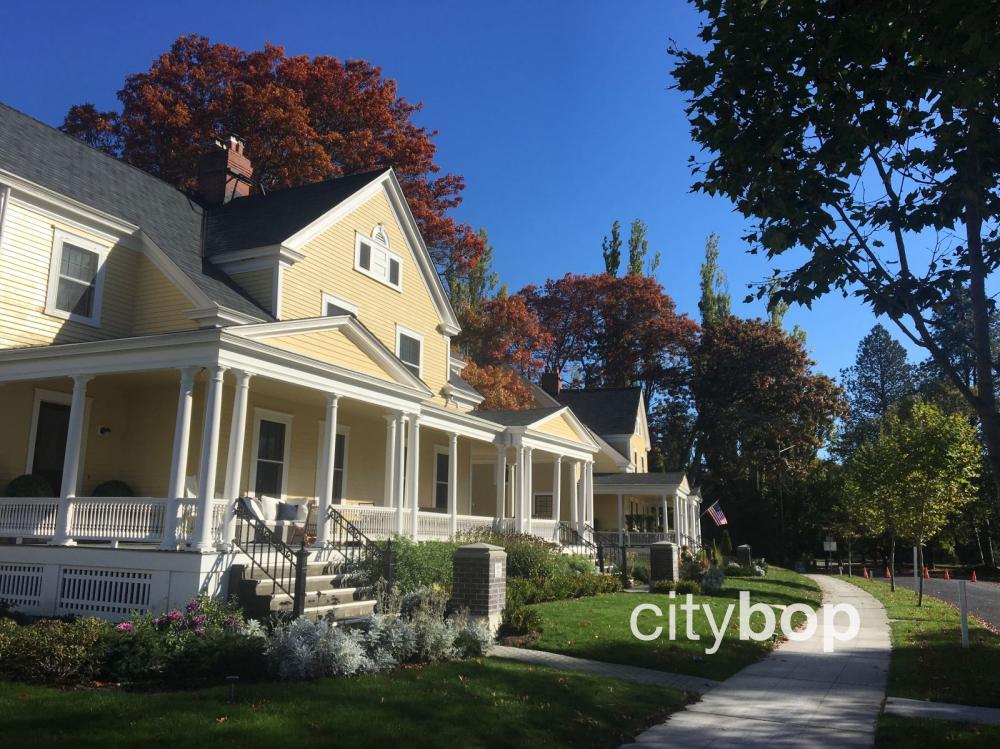
Some of the original buildings still remain, like the row of magnificent Officers' Quarters overlooking the Parade Ground, commanding breathtaking views of Discovery Park.

The row of Officers' Quarters are now privately owned, but can be seen from the Parade Ground. Six of the Colonial Revival homes are duplexes, and the seventh is a single family residence. The first three duplexes were built in 1899, and the next three duplexes and the only single family residence were constructed in 1904.
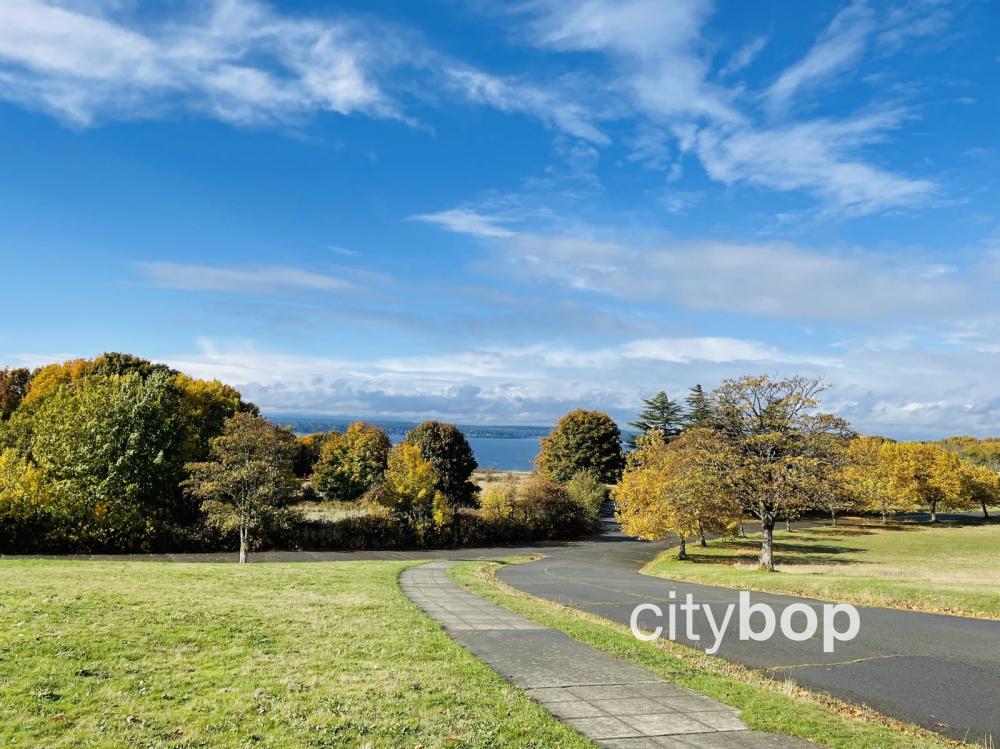
These are the expansive views of Puget Sound from the Parade Ground at Discovery Park.
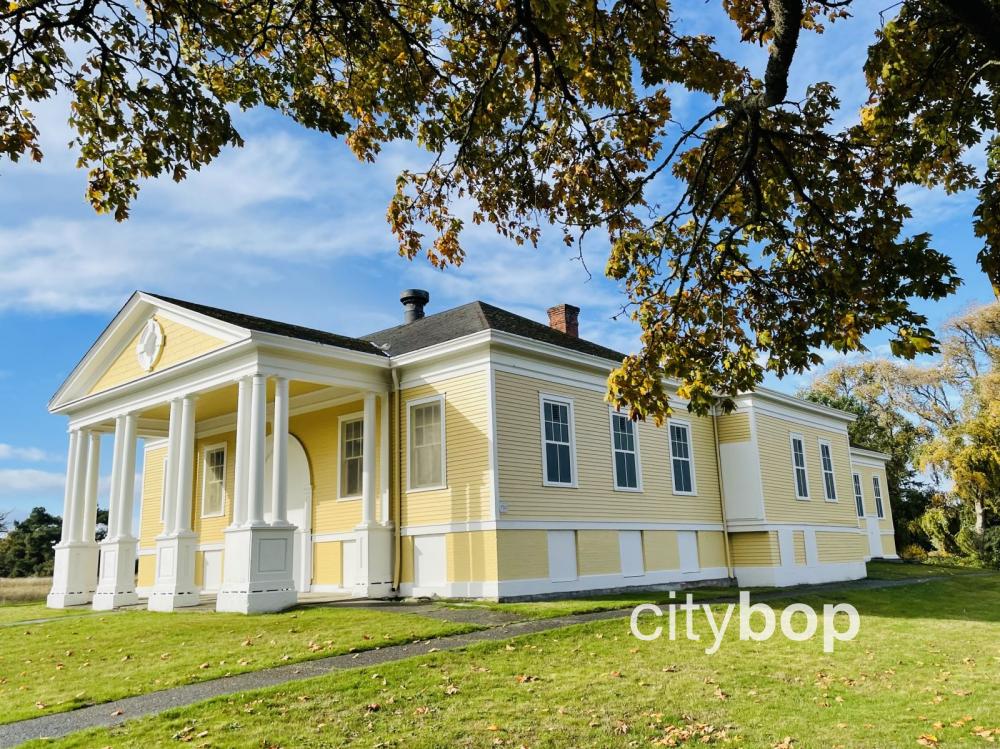
The old Post Exchange/Gymnasium (1905) is on the west side of the Parade Ground. The Post Exchange was like a general store, providing soldiers with newspapers, food, drink and tobacco. There was also a billiards room, reading room, lunch kiosk, and gym. The gym still has an ornate, embossed metal ceiling in-tact.
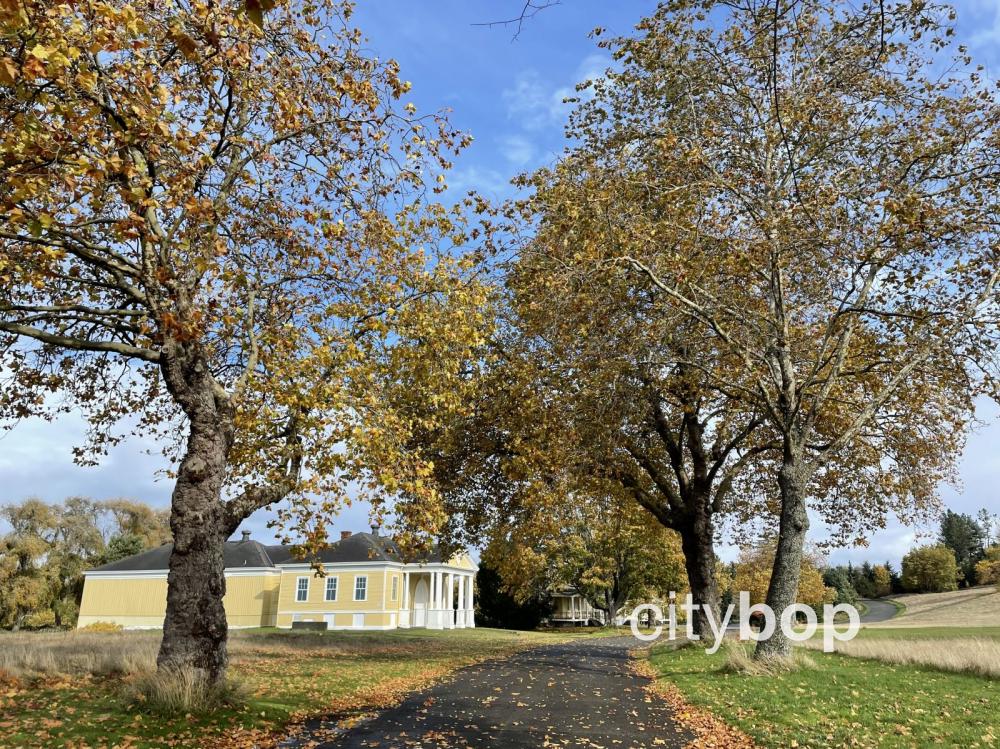
Here's another perspective of the Post Exchange/Gymnasium at Discovery Park, with 12 tuscan columns along its elegant portico.
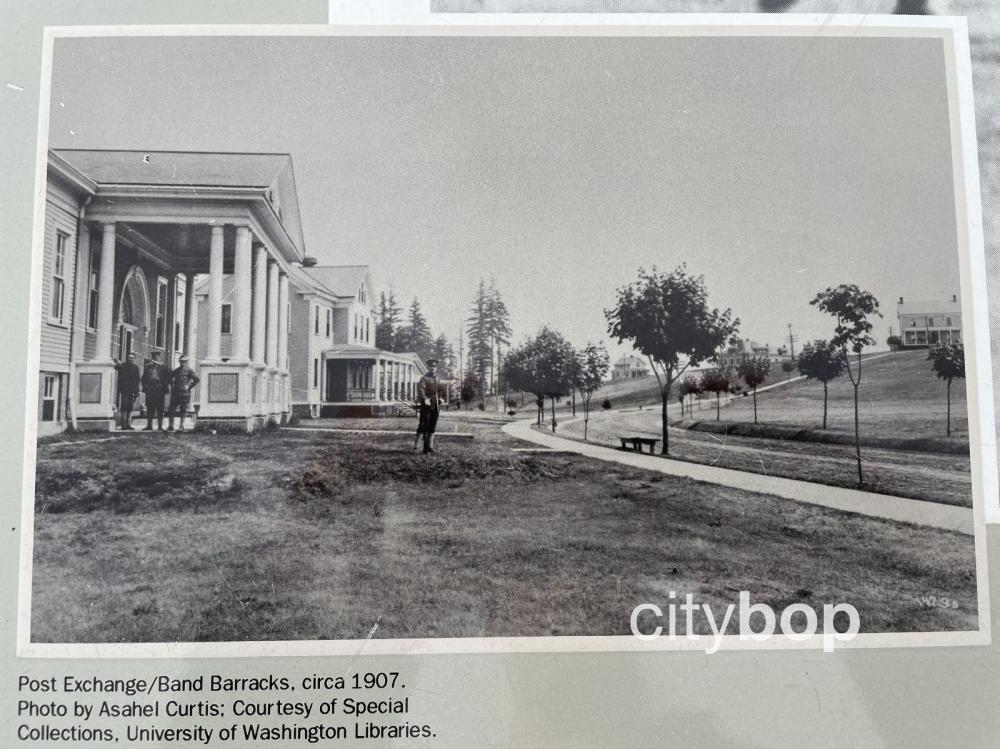
This is the same perspective of the Post Exchange/Gymnasium over a hundred years ago, with the Band Barracks in the background.
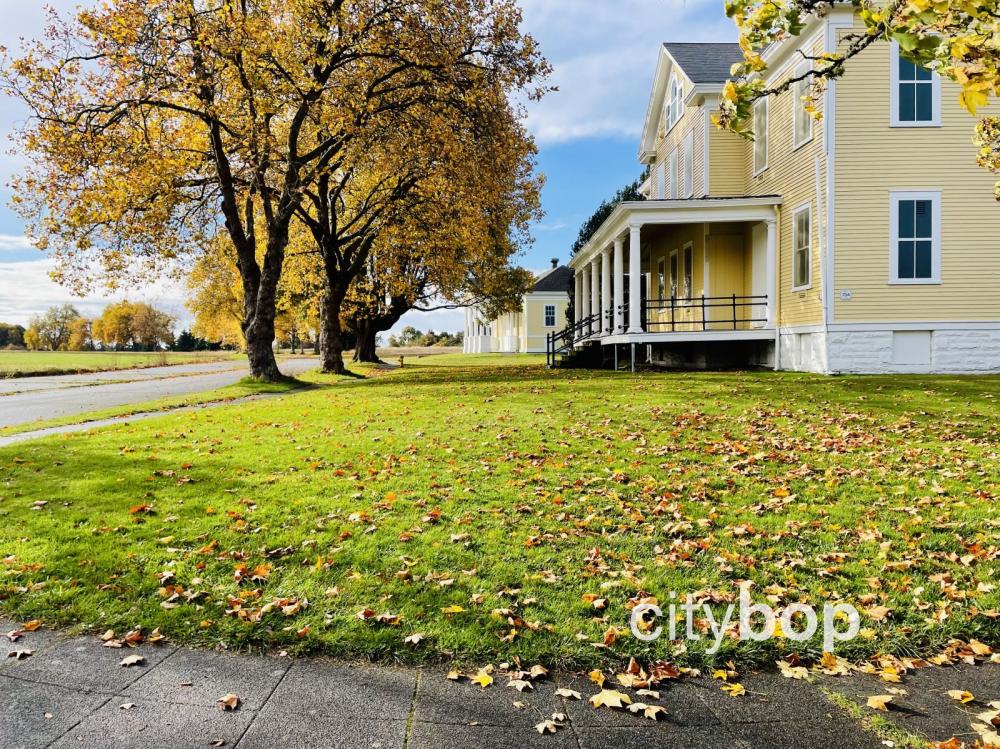
This view looks south towards the Band Barracks (1904).
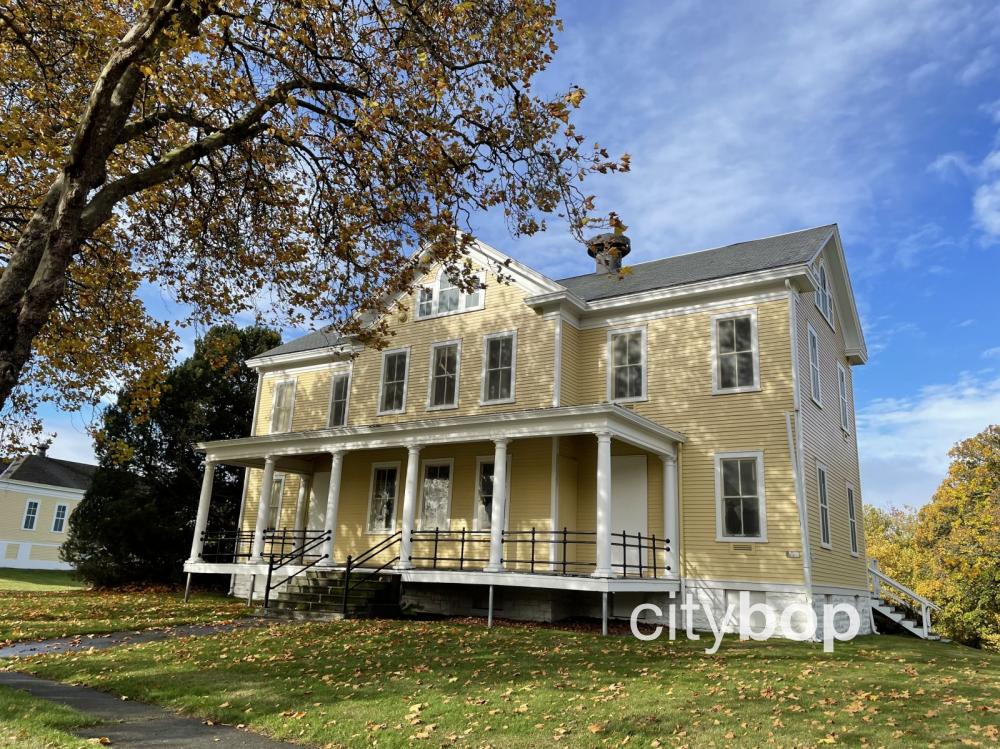
The Band Barracks has beautiful palladian windows on its triangular gables.

This vintage photo shows troops marching in-front of three buildings that are still standing today (the Post Exchange/Gymnasium, Band Barracks and Guard House).
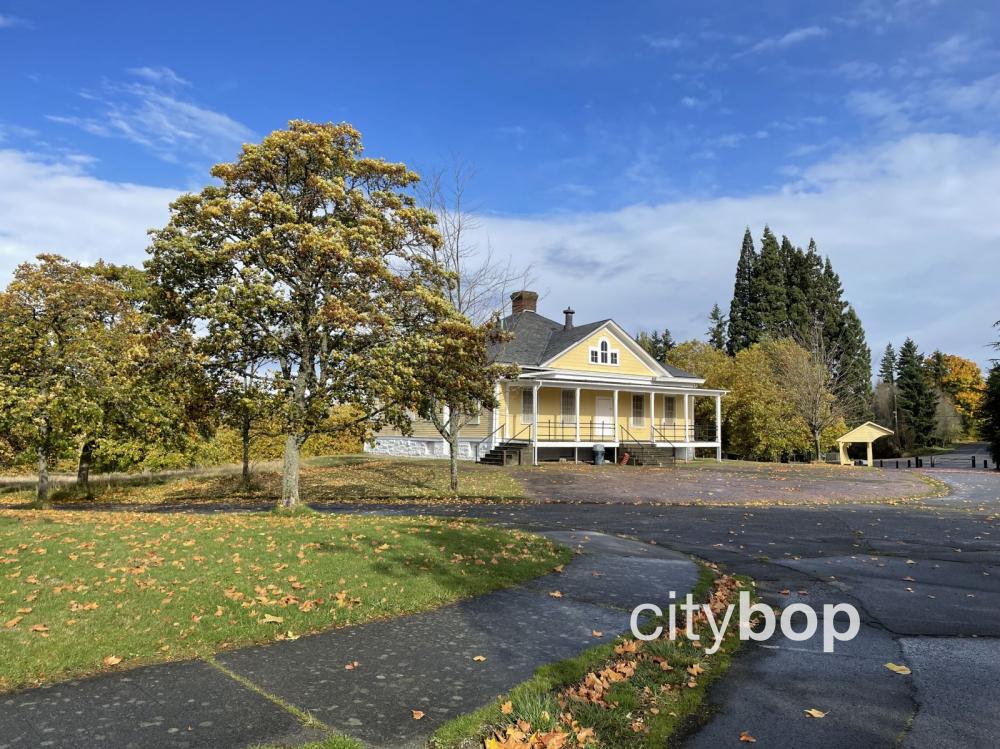
The original Guard House (1902) is near the bus stop at Discovery Park, and was designed to hold up to 25 prisoners. The confinement room inside has two prisoner holding cages, and three solitary confinement cells.
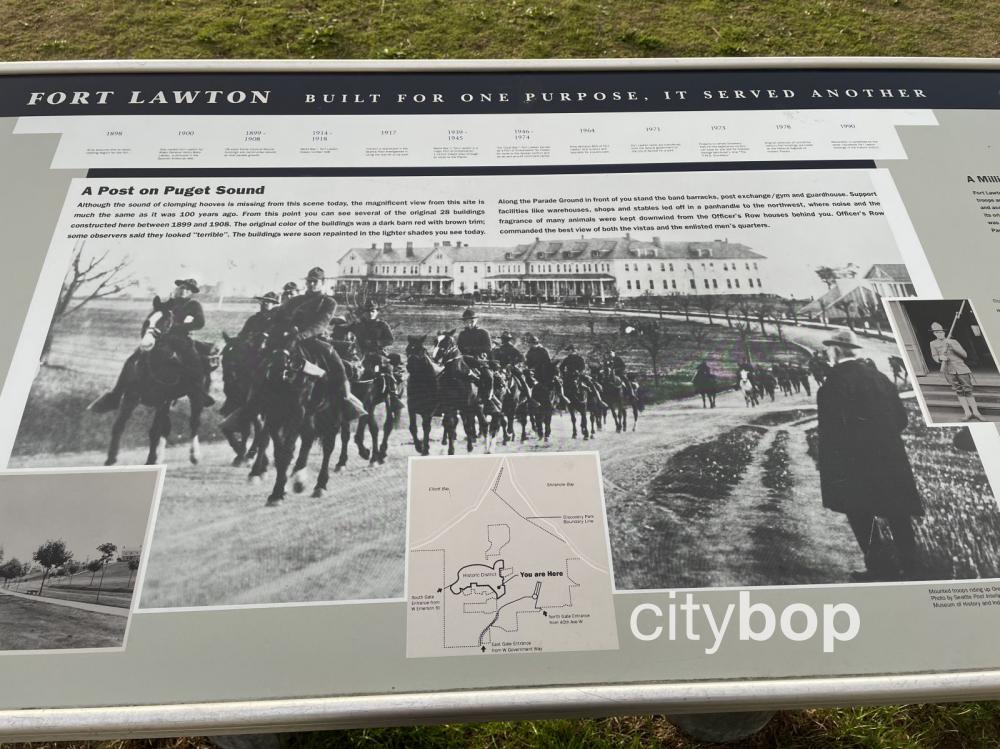
Unfortunately the Enlisted Men's Quarters was demolished, originally adjacent to the Post Exchange/Gymnasium on the west side of the Parade Ground.

The Administrative Building (1902) is uphill overlooking the Parade Ground, northeast of the Post Exchange/Gymnasium and Band Barracks.

The Civilian Employees Housing (1908) is west of the Parade Ground, designed to accommodate up to 18 civilians.
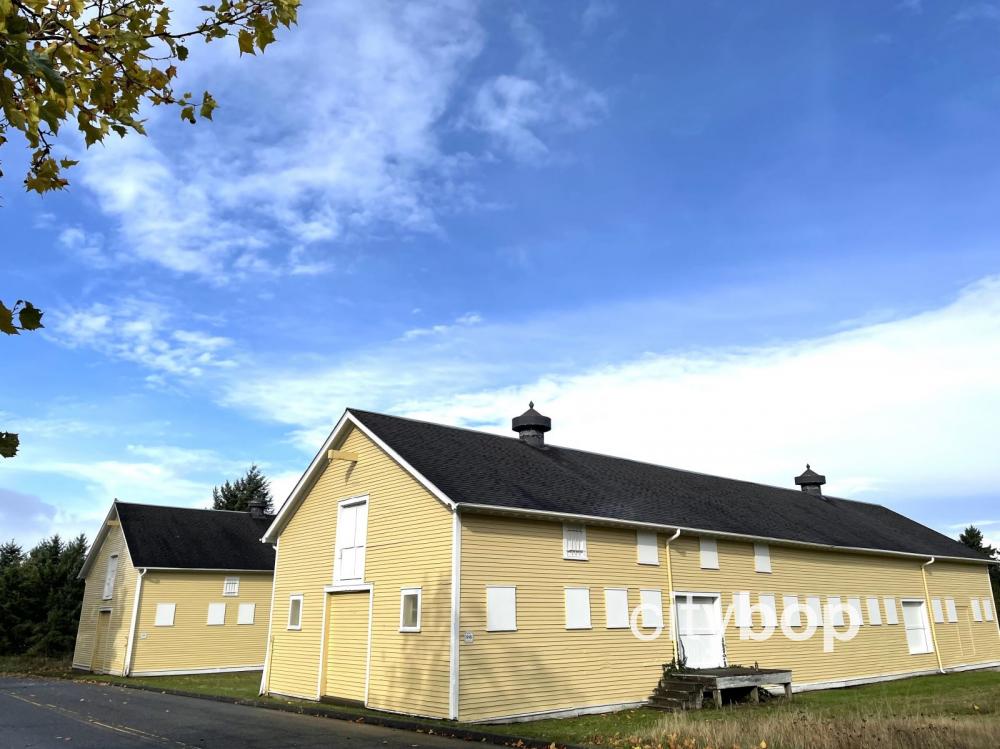
These are the boarded up Quartermaster Stables (1902), constructed downwind from the Officers' Quarters to distance their superiors from any offensive smells.

The historic chapel (1942) is south of the Officers' Quarters, and was used by the army up until 1974. It's the only building remaining from the WWII-era at Fort Lawton, other than the bus shelter (1941).
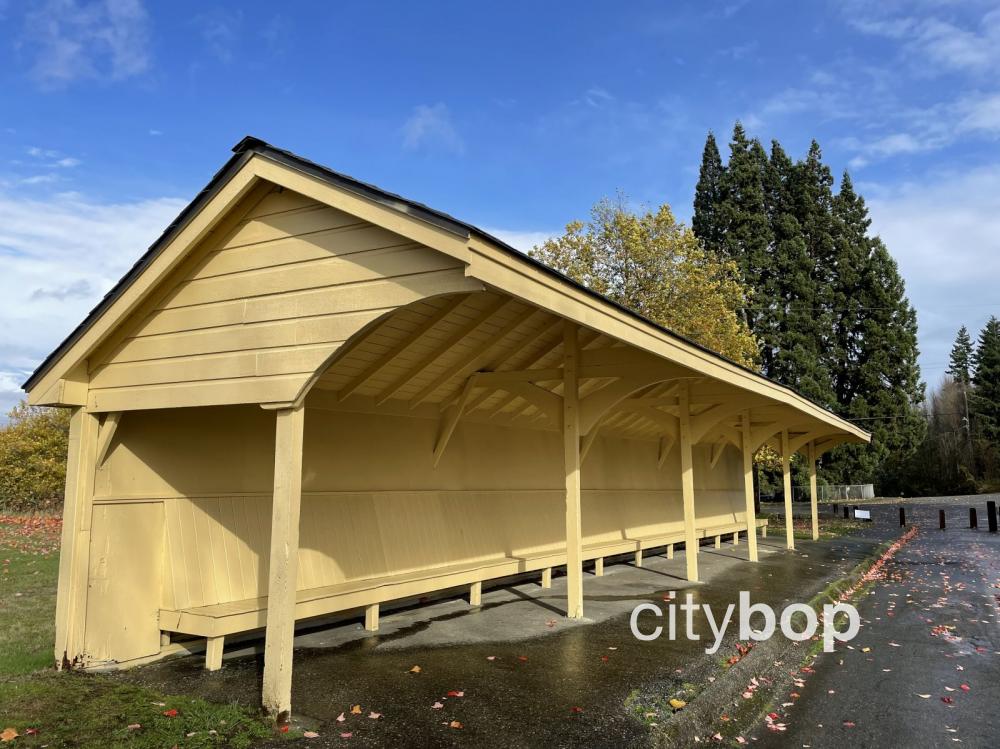
Fort Lawton served as an embarkation station during WWII, for soldiers deployed to war. Over a million soldiers passed through here, and nearly 450 buildings were constructed to house these soldiers. There were also 1,150 German POWs interned here, and 5,000 Italian POWs passed through on their way to Hawaii.
Fort Lawton again served as an embarkation station in the 1950s during the Korean War, and radar guided Nike anti-aircraft missiles, were held here during the 1950s. This is photo of the Blue Room at Fort Lawton, where missile strikes were coordinated.
Fort Lawton became underutilized over the years, and was eventually sold to the City of Seattle in the 1970s, to become Discovery Park. The park was named after Captain George Vancouver's ship, HMS Discovery. He was the first European to sail into Puget Sound in 1792.
5. Stop by the Discovery Park Visitor Center.
Stop by the Visitor Center at the East Parking Lot to obtain a park map with hiking trails (closed Mondays). You can also learn about nature programs, and the popular tide pool exploration programs.
6. Cycle along miles of 5 miles of scenic paved trails.
Cycle along 5 miles of paved biking trails at Discovery Park (icycles are permitted on paved areas only).

7. Take your kids to play in the sand dune on the bluff at the South Meadow.
8. Visit the amazing Discovery Park Playground.
The amazing Discovery Park Playground is near the East Parking Lot. This nature-inspired playground was opened in 2017, with ziplines, slides, climbing structures and towers. The playground is surrounded by beautiful evergreens in a gorgeous, shaded setting. It's perfect for kids of all ages.
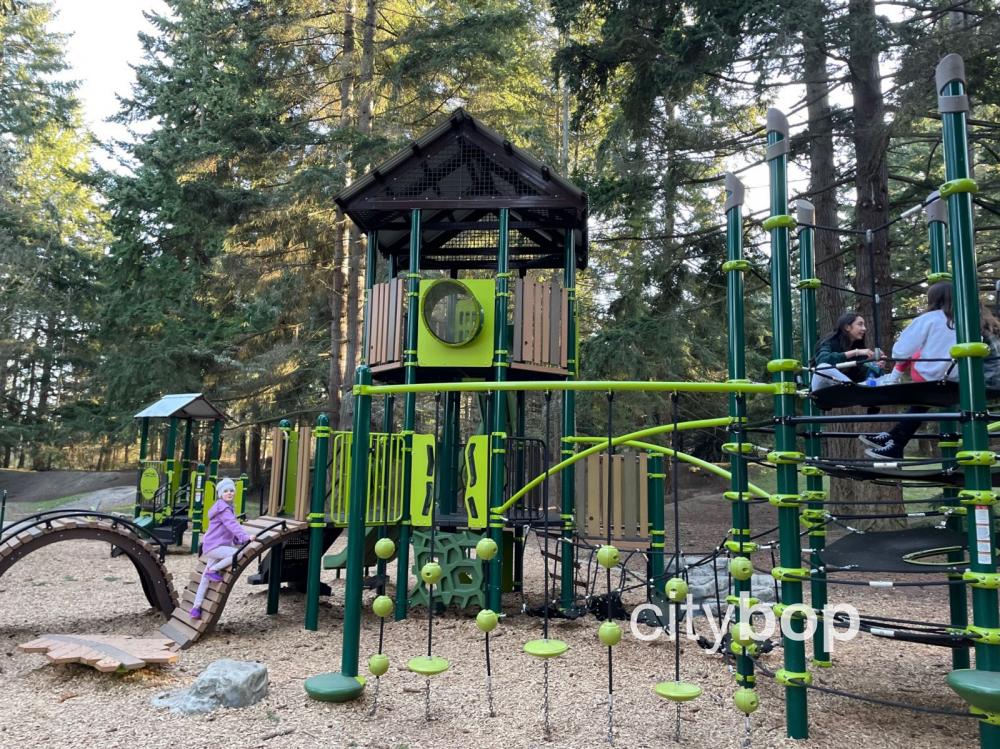
9. Sign your kids up for a Tide Pool exploration program at the Visitor Center.
In summertime a shuttle can transport your family from the Visitor Center, down to the tidepools at the West Point Lighthouse beach.
10. Visit the beautiful Fort Lawton Military Cemetery, and find the gravesite of Italian prisoner of war Guglielmo Olivotto, who died here during the 1944 riots.
Movie rights have been sold about the incredible story of an Italian POW lynched at Fort Lawton in 1944 and strung by wire from a tree, leading to the longest court martial in WWII of 43 African American soldiers. These African American soldiers were unjustly convicted and imprisoned for the lynching by prosecutor Leon Jaworksi, who would later gain fame as the Watergate special prosecutor. These convictions were later overturned in 2007, after it was discovered Jaworski had withheld a critical report from the defence, that would have brought many of his key witnesses into question.
Parking lots at Discovery Park
- East Parking Lot with Visitor Center: Discovery Park Boulevard, Seattle, WA 98199. Pick up a map at the Visitor Center (closed Mondays).
- South Parking Lot: 43rd Avenue West and W Emerson Street.
- North Parking Lot: Ilinois Avenue and Texas Way.
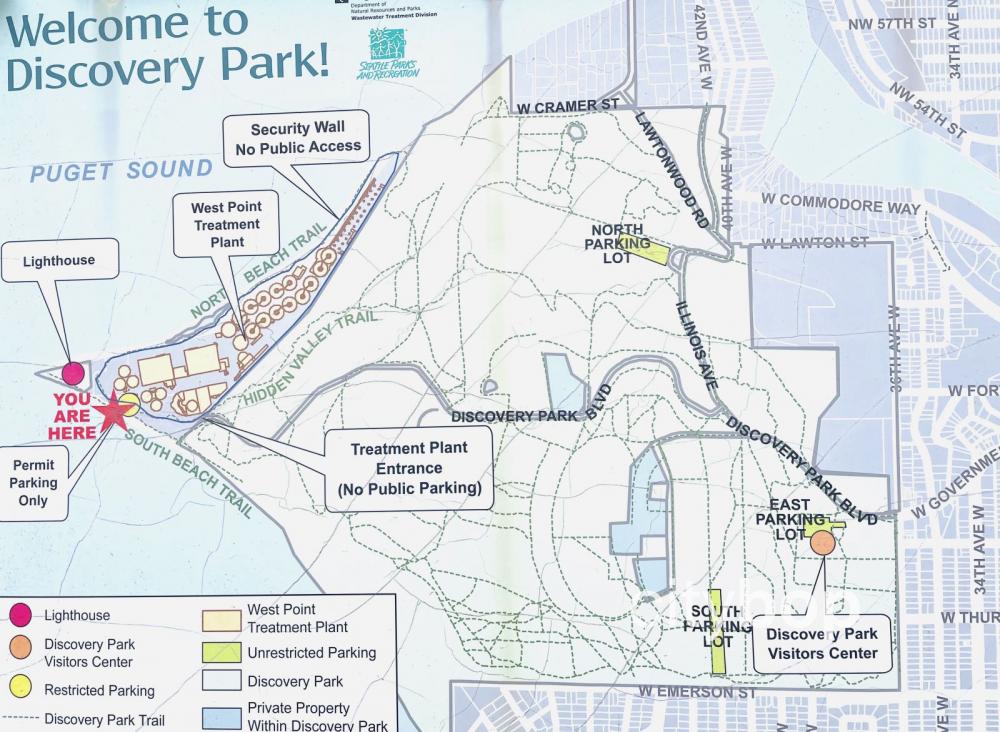
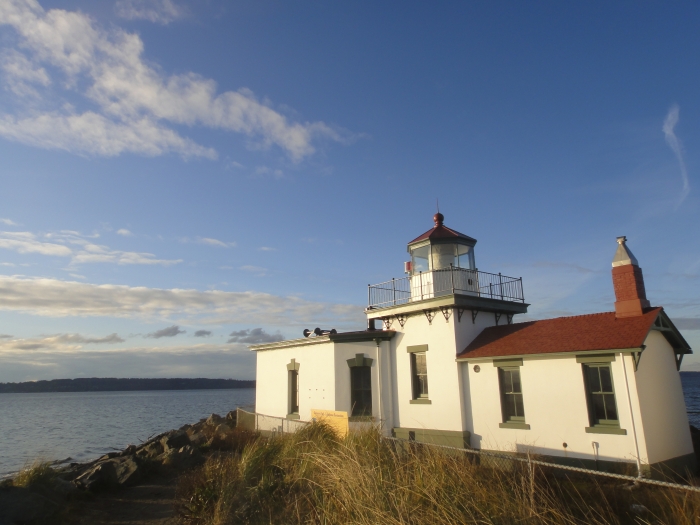
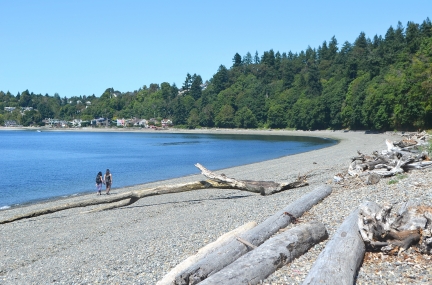
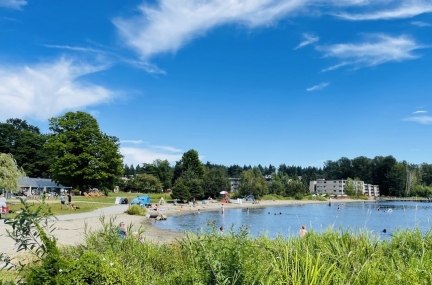
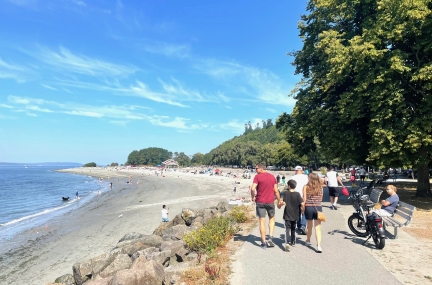
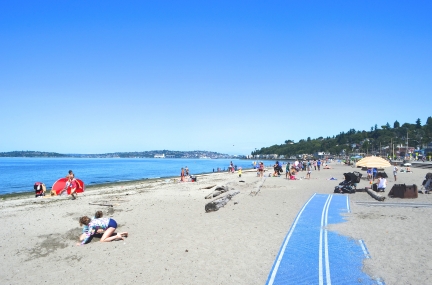
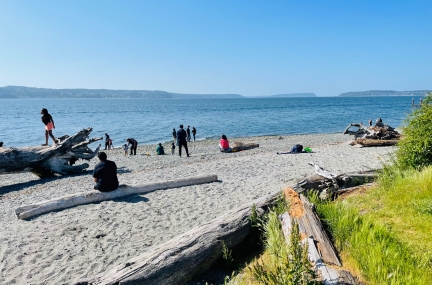
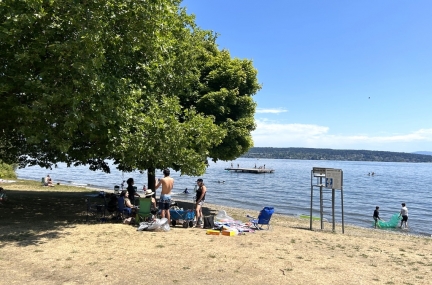
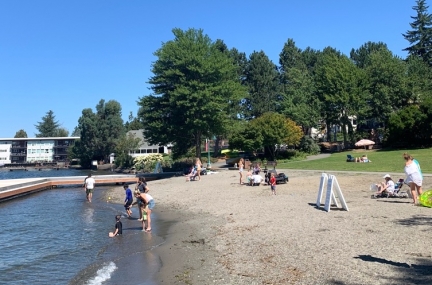
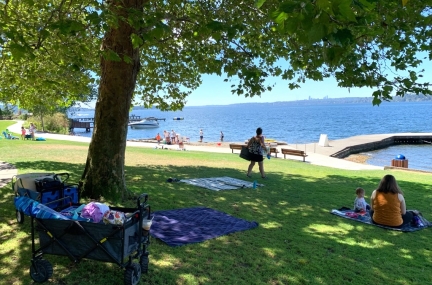
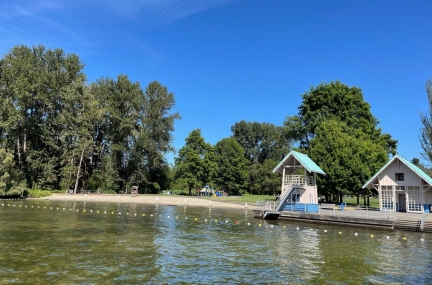
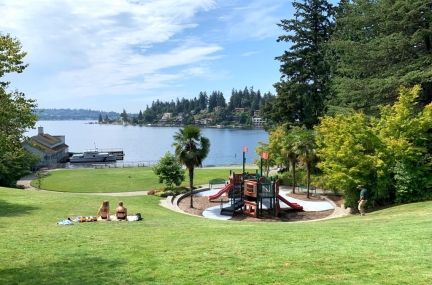
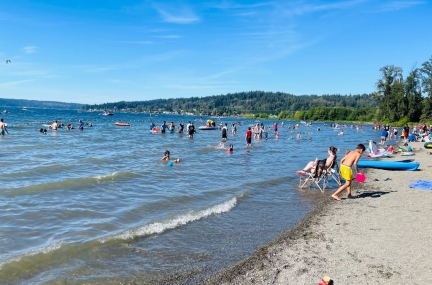
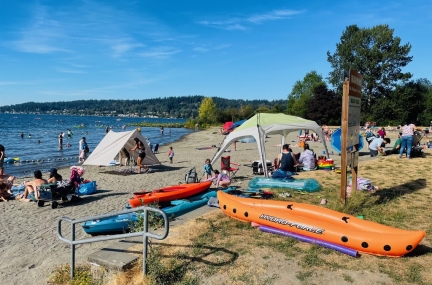

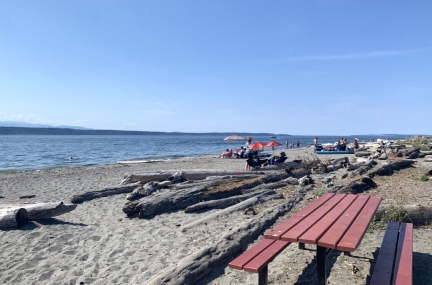

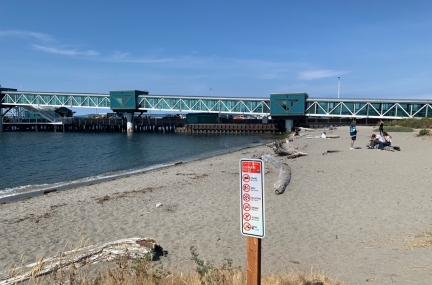
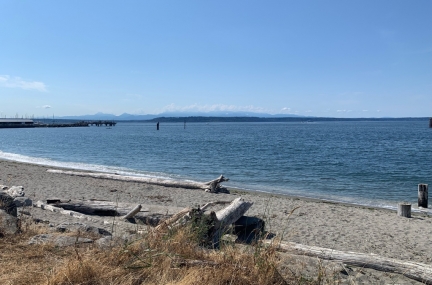
Review this attraction